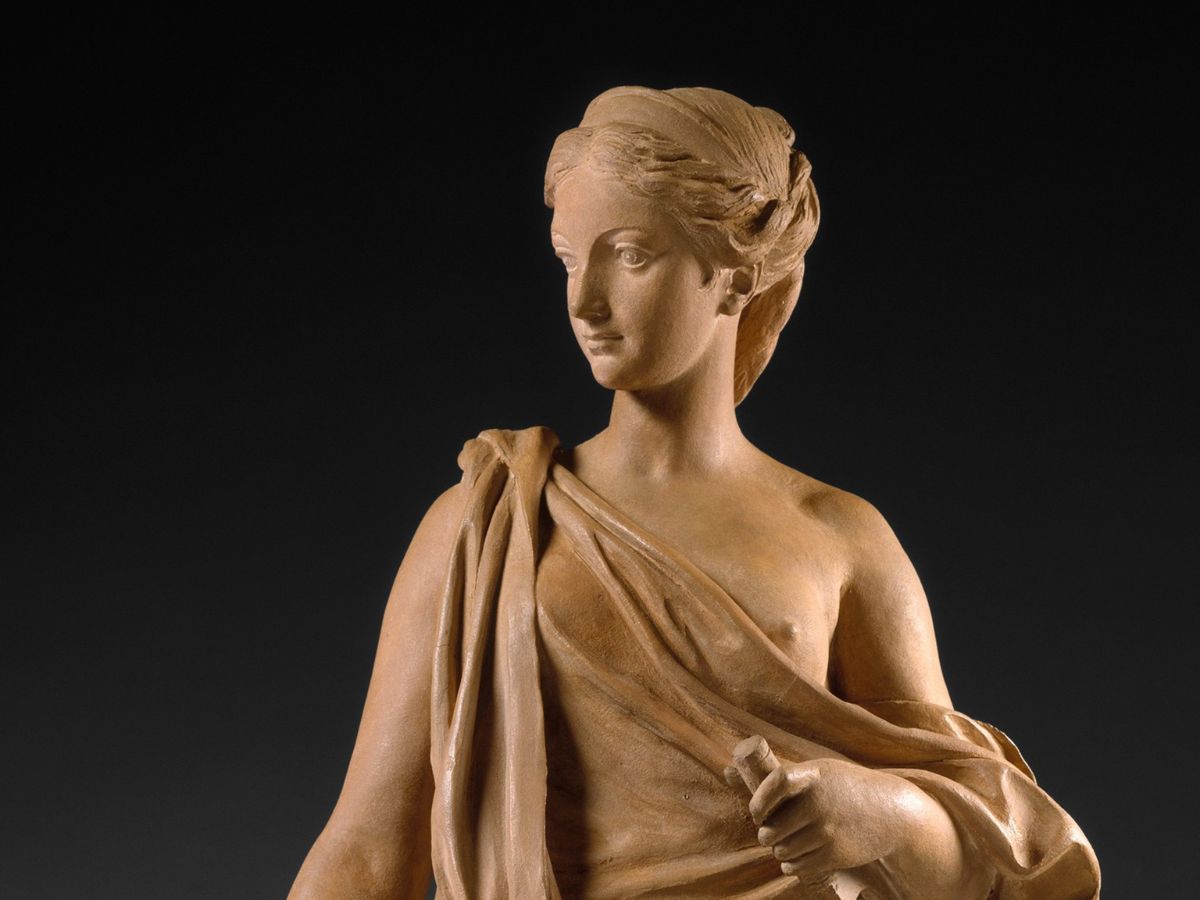
Who was Juno, and why is she so important in Roman mythology? Juno, the queen of the gods, held a significant place in Roman mythology. Known as the protector of women and marriage, she was also the wife of Jupiter, the king of the gods. Her influence extended beyond just marital affairs; she was a guardian of the Roman state. Juno's symbols included the peacock and the cow, both representing her majestic and nurturing nature. Celebrated during the festival of Matronalia, she was honored by women seeking blessings for their families. Understanding Juno's role helps us appreciate the values and beliefs of ancient Rome.
Key Takeaways:
- Juno, the Roman goddess, is revered as the queen of the gods and the protector of women and marriage. Her influence is seen in the month of June and various symbols representing her power.
- Juno's legacy extends from ancient Roman worship to modern space exploration, with references in art, literature, and celestial bodies. She continues to inspire and captivate people across different fields.
Who is Juno?
Juno, the Roman goddess, holds a significant place in mythology. Known as the protector of women and marriage, she is often depicted with a majestic aura. Let's dive into some fascinating facts about Juno.
-
Queen of the Gods: Juno is considered the queen of the Roman gods, much like Hera in Greek mythology. She is the wife of Jupiter, the king of the gods.
-
Goddess of Marriage: Juno is revered as the goddess of marriage and childbirth. Roman women often prayed to her for a happy marriage and safe childbirth.
-
Month of June: The month of June is named after Juno. It was considered an auspicious time for weddings, believed to bring good fortune to couples.
Symbols and Representations
Juno is often depicted with various symbols that represent her power and influence. These symbols help us understand her role in Roman mythology.
-
Peacock: The peacock is one of Juno's primary symbols. It represents her beauty and pride. According to myth, the peacock's eyes symbolize Juno's watchfulness.
-
Crown and Scepter: Juno is frequently shown wearing a crown and holding a scepter, signifying her status as queen of the gods.
-
Goat Skin Cloak: Known as the "Aegis," this cloak symbolizes protection and power. It was often depicted as a goat skin cloak adorned with serpents.
Juno's Family and Relationships
Juno's family ties are crucial to understanding her role in mythology. Her relationships with other gods and goddesses shape many myths and stories.
-
Sister and Wife of Jupiter: Juno is both the sister and wife of Jupiter. This dual relationship highlights the complex nature of Roman mythology.
-
Mother of Mars: Juno is the mother of Mars, the god of war. This connection emphasizes her role in the divine family and her influence over war and conflict.
-
Jealousy and Vengeance: Known for her jealousy, Juno often sought vengeance against Jupiter's lovers and their offspring. This trait is similar to Hera's in Greek mythology.
Juno's Temples and Worship
Juno was widely worshipped in ancient Rome. Her temples and festivals played a significant role in Roman religious life.
-
Temple on Capitoline Hill: One of the most famous temples dedicated to Juno was on Capitoline Hill in Rome. It was a central place of worship for the Roman people.
-
Matronalia Festival: Celebrated on March 1st, this festival honored Juno as the goddess of childbirth and motherhood. Women offered prayers and gifts to Juno for blessings.
-
Juno Moneta: As Juno Moneta, she was the protector of funds. The word "money" is derived from her name, highlighting her influence over financial matters.
Juno in Art and Literature
Juno's presence in art and literature has left a lasting impact. Artists and writers have depicted her in various forms, showcasing her importance in culture.
-
Renaissance Art: During the Renaissance, artists like Raphael and Titian created stunning depictions of Juno, emphasizing her regal and divine nature.
-
Virgil's Aeneid: In Virgil's epic poem "The Aeneid," Juno plays a significant role as an antagonist, showcasing her power and influence over human affairs.
-
Shakespeare's "The Tempest": Juno appears in Shakespeare's play "The Tempest" during a masque, symbolizing marriage and harmony.
Modern References to Juno
Juno's legacy continues in modern times, with references in various fields, from space exploration to popular culture.
-
NASA's Juno Mission: NASA named a spacecraft "Juno" to study Jupiter, reflecting her mythological connection to the king of the gods.
-
Asteroid Juno: Discovered in 1804, the asteroid Juno is one of the largest in the asteroid belt, named after the Roman goddess.
Juno's Lasting Impact
Juno, the Roman goddess, has left a mark on history and culture. Known for her role as the protector of women and marriage, she was a central figure in Roman mythology. Her influence extended beyond myths, shaping Roman society's views on family and loyalty.
Her symbols, like the peacock and crown, still resonate today. They remind us of her power and grace. Festivals like Matronalia celebrated her, highlighting her importance in daily life.
Even in modern times, Juno's legacy lives on. She's referenced in literature, art, and even space exploration, with NASA naming a spacecraft after her. This enduring presence shows her timeless appeal.
Understanding Juno gives us insight into ancient Rome and its values. Her story is a testament to the lasting power of mythology and its ability to shape cultures across centuries.
Frequently Asked Questions
Was this page helpful?
Our commitment to delivering trustworthy and engaging content is at the heart of what we do. Each fact on our site is contributed by real users like you, bringing a wealth of diverse insights and information. To ensure the highest standards of accuracy and reliability, our dedicated editors meticulously review each submission. This process guarantees that the facts we share are not only fascinating but also credible. Trust in our commitment to quality and authenticity as you explore and learn with us.
